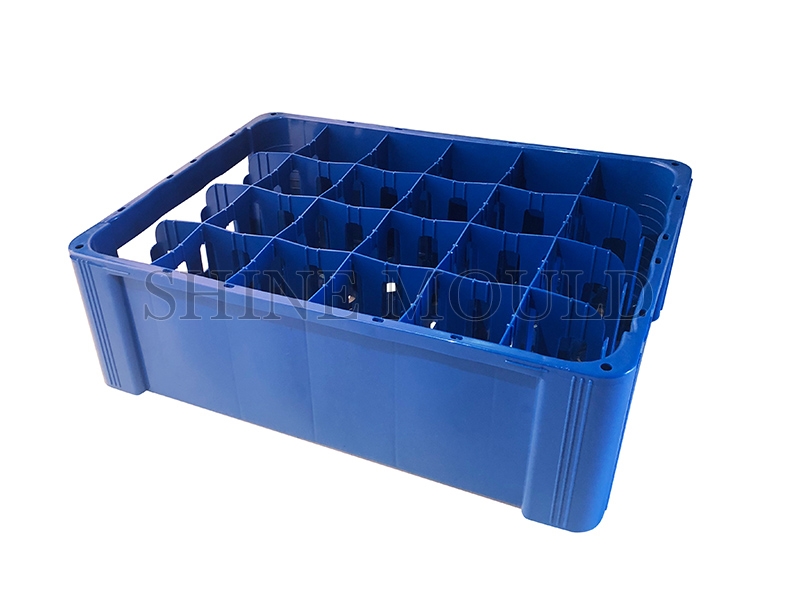The Manufacturing Process and Advantages of Cap Preform Moulds
Wholesale Cap Preform Mould Producer
Cap preform moulds are essential tools in the production of bottle caps, playing a crucial role in the beverage and packaging industries. The manufacturing process of cap preform moulds involves several key steps, including injection, forming, and cooling. Each of these stages is vital to ensure that the final product meets the required specifications for quality and functionality. Understanding the intricacies of this process and the advantages of cap preform moulds compared to traditional cap manufacturing methods can provide valuable insights into their significance in modern production.
The journey of creating a cap begins with the injection moulding process. In this initial stage, plastic resin is heated until it reaches a molten state. This molten plastic is then injected into the cap preform mould under high pressure. The design of the mould is critical, as it determines the shape and dimensions of the cap preform. The precision of the mould ensures that the preforms produced are uniform and meet the specifications necessary for subsequent processing. This step is crucial because any inconsistencies in the preform can cause defects in the final cap, affecting its performance and sealing capabilities.
Once the molten plastic is injected into the cap preform mould, the next step is the forming process. During this phase, the plastic cools and solidifies within the mould, taking on the desired shape of the cap preform. The forming process is carefully monitored to ensure that the cooling occurs evenly, preventing warping or other deformities. The design of the cap preform mould often includes features that facilitate efficient cooling, such as strategically placed cooling channels. These channels help to dissipate heat quickly, allowing for faster production cycles and improved efficiency.
After the forming process is complete, the mould opens to release the solidified cap preforms. The cooling stage is critical, as it ensures that the preforms maintain their shape and structural integrity. Proper cooling not only enhances the quality of the preforms but also prepares them for the next stage of production, which typically involves further processing into final caps. The ability to produce high-quality preforms efficiently is one of the key advantages of using cap preform moulds.
One of the primary functions of cap preform moulds is to create preforms that can be easily transformed into final caps through a secondary process known as stretch blow moulding. This process involves reheating the preforms and then blowing them into the final cap shape. The use of cap preform moulds allows for the production of lightweight and strong caps that are essential for maintaining the integrity of bottled products. The design of the preform is optimized to ensure that the final cap fits securely on the bottle, providing an effective seal that prevents leakage and contamination.
Compared to traditional methods of cap manufacturing, cap preform moulds offer several advantages. One significant benefit is the ability to produce caps with consistent quality and precision. Traditional methods often involve manual processes that can cause variations in size and shape, resulting in caps that do not fit properly. In contrast, the automated nature of the injection moulding process used in cap preform moulds ensures that each preform is produced to exact specifications, reducing the likelihood of defects.
Another advantage of cap preform moulds is their production efficiency. The injection moulding process allows for high-speed manufacturing, enabling companies to produce large quantities of preforms in a relatively short time. This efficiency is particularly important in industries where demand for bottled products can fluctuate significantly. By utilizing cap preform moulds, manufacturers can quickly adjust their production rates to meet changing market needs without compromising on quality.
Additionally, cap preform moulds contribute to sustainability efforts within the packaging industry. The ability to produce lightweight caps means that less plastic is used in the manufacturing process, which can cause reduced material costs and a smaller environmental footprint. Furthermore, many manufacturers are now exploring the use of recycled materials in their cap preform moulds, further enhancing the sustainability of their production processes.
In conclusion, cap preform moulds play a vital role in the manufacturing of bottle caps, with their production process encompassing injection, forming, and cooling stages. The precision and efficiency of cap preform moulds provide significant advantages over traditional cap manufacturing methods, including consistent quality, rapid production rates, and enhanced sustainability. As the demand for high-quality packaging solutions continues to grow, the importance of cap preform moulds in the beverage and packaging industries will only increase. Understanding their manufacturing process and benefits can help stakeholders appreciate their critical role in ensuring the integrity and safety of bottled products.




 Search...
Search... English
English







